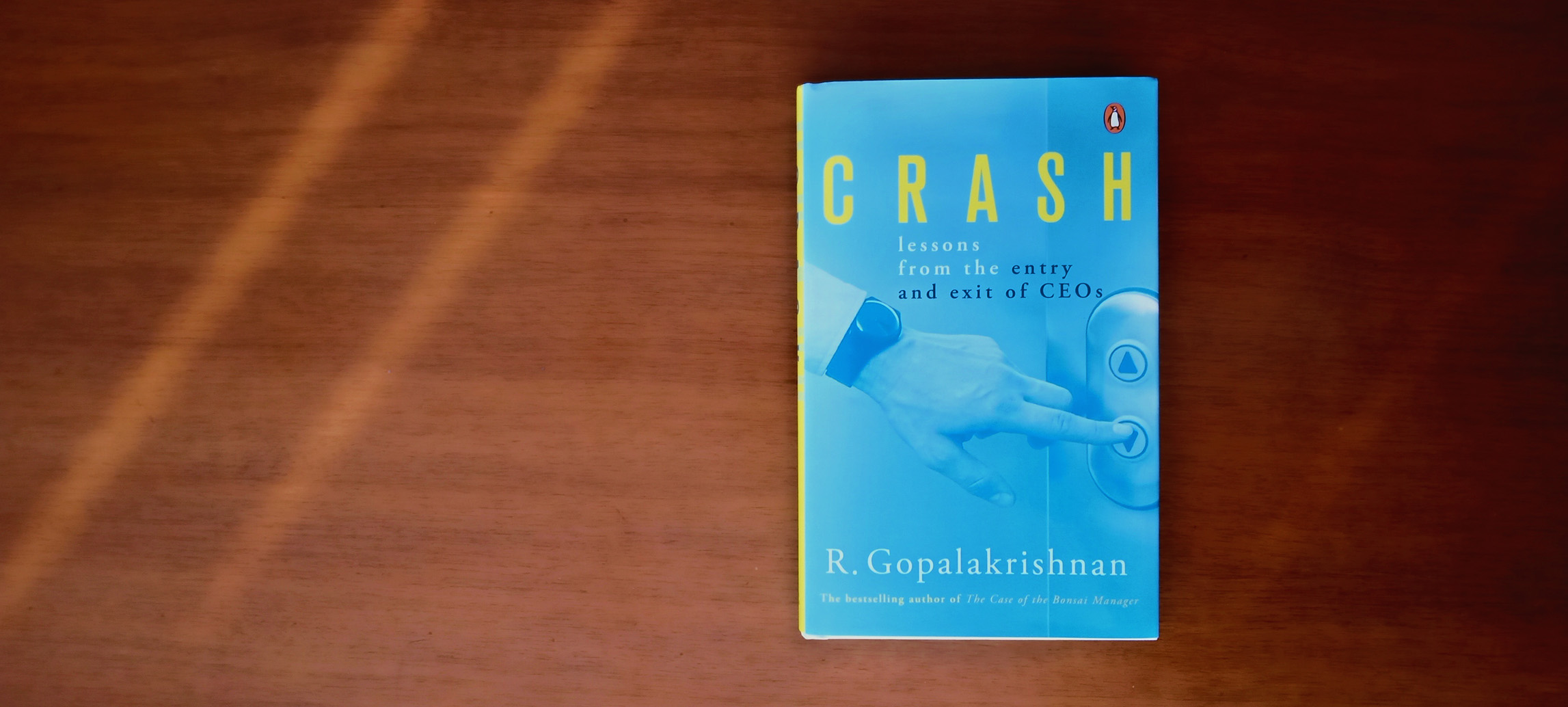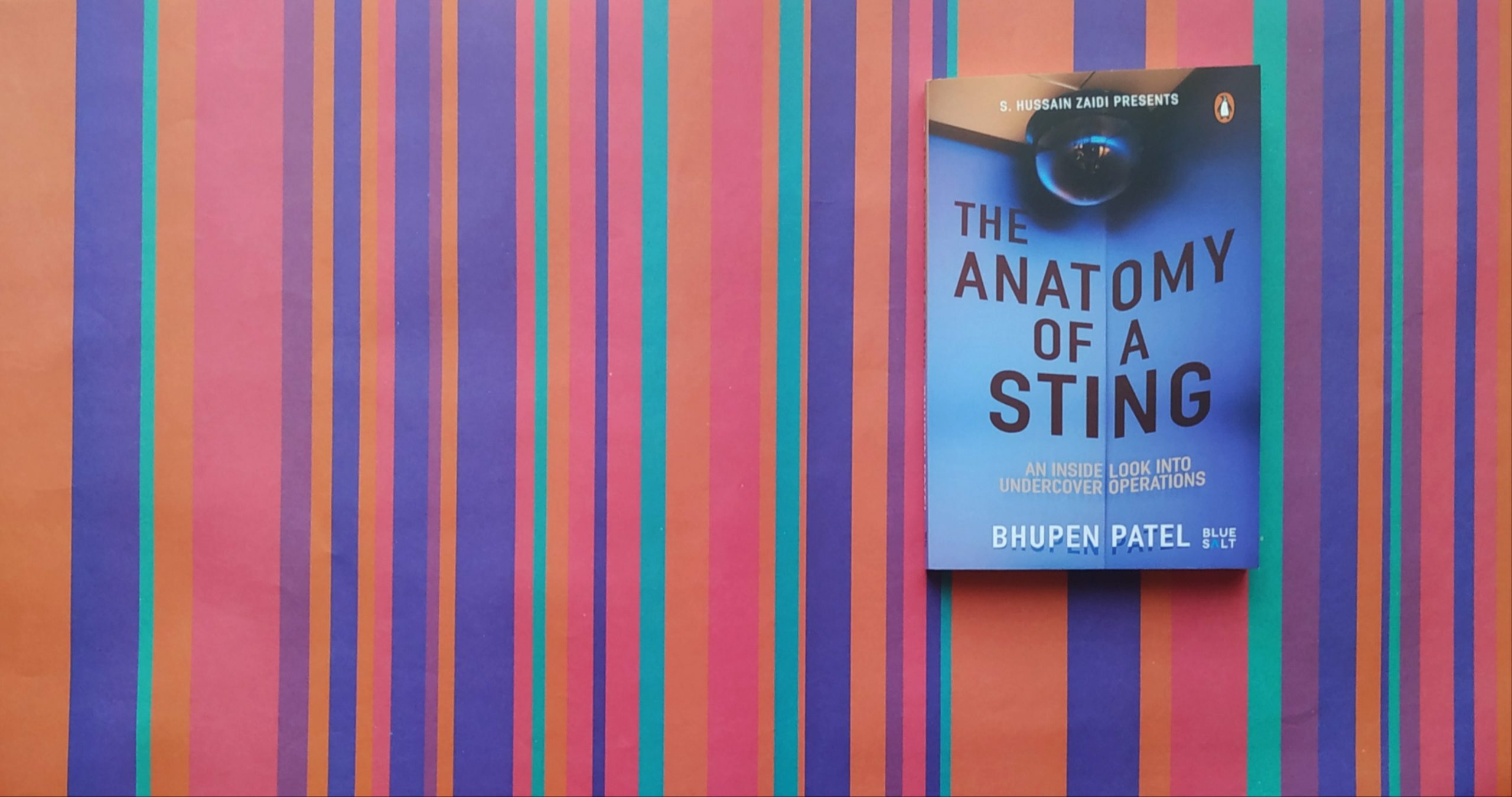What better way to start the new year than with some new books? This year, let’s all aspire to read more and encourage others to, too! Penguin presents a list of new books for the month of January. Which one of these will you start your year with?
Democracy on the Road

On the eve of a landmark general election, Ruchir Sharma offers an unrivalled portrait of how India and its democracy work, drawn from his two decades on the road chasing election campaigns across every major state, travelling the equivalent of a lap around the earth.
Jallianwala Bagh: An Empire of Fear and the Making of the Amritsar Massacre

The Amritsar Massacre of 1919 was a seminal moment in the history of the Indo-British encounter, and it had a profound impact on the colonial relationship between the two countries. In this dramatic telling, which takes the perspectives of ordinary people into account, the event and its aftermath are strikingly detailed.
Ganga: The Many Pasts of a River

The Ganga enjoys a special place in the hearts of millions. In this unprecedented work, historian Sudipta Sen tells the fascinating story of the world’s third-largest river from prehistoric times to the present. Seamlessly weaving together geography, ecology and religious history, this lavishly illustrated volume paints a remarkable portrait of India’s most sacred and beloved river.
The Begum: A Portrait of Ra’ana Liaquat Ali Khan, Pakistan’s Pioneering First Lady

Begum Ra’ana Liaquat Ali Khan was the wife of Pakistan’s first prime minister. Three religions-Hinduism, Christianity and Islam-had an immense impact on her life, and she participated actively in all the major movements of her time-the freedom struggle, the Pakistani movement and the fight for women’s empowerment. She occasionally met with opposition, but she never gave up. It is this spirit that The Begum captures.
Kaifiyat: Verses on Women and Love

Kaifi Azmi’s literary legacy remains a bright star in the firmament of Urdu poetry. His poetic temperament-ranging from timeless lyrics in films like Kagaz Ke Phool to soaring revolutionary verses that denounced tyranny-seamlessly combined the radical and the progressive with the lyrical and the romantic.
Little book of Comfort

”So I went out into the night, walked up the hill, discovered new things about the night and myself, and came home refreshed. For just as the night has the moon and the stars, so the darkness of the soul can be lit up by small fireflies – such as these calm and comforting thoughts that I have jotted down for you…’ Ruskin Bond
Living Hell

All Nadeem Sayed Khatib, aka Nadeem Chipkali, wants to do is stay in his apartment all day, watch some TV and ignore his mounting worries. He is not in the best shape, cash-wise and otherwise, but let’s be honest: people seriously have it out for him. Sometimes, dangerous people. Set against the backdrop of a low-life Bombay that comes alive at night, Living Hell is a fast-paced noir murder mystery with dark humour and an accidental hero.
The Great March of Democracy: Seven Decades of India’s Elections

This book celebrates seven decades of India’s vibrant democracy and the Election Commission’s excellence and rigour, with a remarkable collection of essays written by those who have studied India’s unique experiment in electoral democracy, as well as analysts, politicians, social workers, activists, businesspersons and public servants.
Sitayana

Majmudar tells the story of one of the world’s most popular epics through multiple perspectives, presented in rapid sequence-from Hanuman and Ravana, down to even the squirrel helping Rama’s army build the bridge.
However, above all, Majmudar focuses on the fierce resistance of Sita, letting us hear her voice as we have never heard it before.
Get Better at Getting Better

To achieve extraordinary success, you need something other than core capabilities like analytical skills, people skills, conceptual and intuitive skills, hard work and hunger for success. Chandramouli Venkatesan identifies this as developing the capability to succeed and continuously improve that capability. He calls this the Get Better Model, or GBM-your model to continuously improve how good you are.
The 108 Upanishads: An Introduction

This book is a thoroughly researched primer on the 108 Upanishads, philosophical treatises that form a part of the Vedas, the revered Hindu texts. These Upanishads contain the most crystallized bits of wisdom gleaned from Hinduism. Professor Dalal explains the concepts at the core of each Upanishad clearly and lucidly.
The Age of Awakening

The Age of Awakening tells India’s economic story since the country gained independence. It unfolds a tale of titanic figures, colossal failures, triumphant breakthroughs and great moral shortcomings. Weaving together vivid history and economic analysis, this book makes for a gripping narrative.
Bhagwaan ke Pakwaan

In the City a Mirror Wandering

Unfolding over the course of a single day, Ashk’s sweeping sequel to Falling Wallsexplores the inner struggles of Chetan, an aspiring young writer, as he roams the labyrinthine streets of 1930s’ Jalandhar, haunted by his thwarted ambitions but intent on fulfilling his dreams. Intensely poignant and vividly evocative, In the City a Mirror Wandering is an exploration of not only a dynamic, bustling city but also the rich tapestry of human emotion that consumes us all.
Sweet Shop

Arising from visits to sweet shops in the by-lanes of Calcutta, these poems brim with the excitement of what it means to discover, marvel at, and taste the universe. As the first line of the book states, ‘The whole universe is here’. Showcasing the edible, the intimate, and the singular, this collection, like the sweet-shop shelf, is characterized by ‘an unnoticed balance of gravity and play’.
Belt and Road: A Chinese World Order

China’s Belt and Road strategy is acknowledged to be the most ambitious geopolitical initiative of the age. Bruno Macaes traces this extraordinary initiative’s history, highlighting its achievements to date and its staggering complexity. He asks whether Belt and Road is about more than power projection and profit. Will it herald a new set of universal political values, to rival those of the West? Is it, in fact, the story of the century?
Doab Dil

Employing a philosopher’s mind and an artist’s eye, Banerjee takes us to still places in a moving world, the place where two rivers (do ab) meet and forests write themselves into history.











































